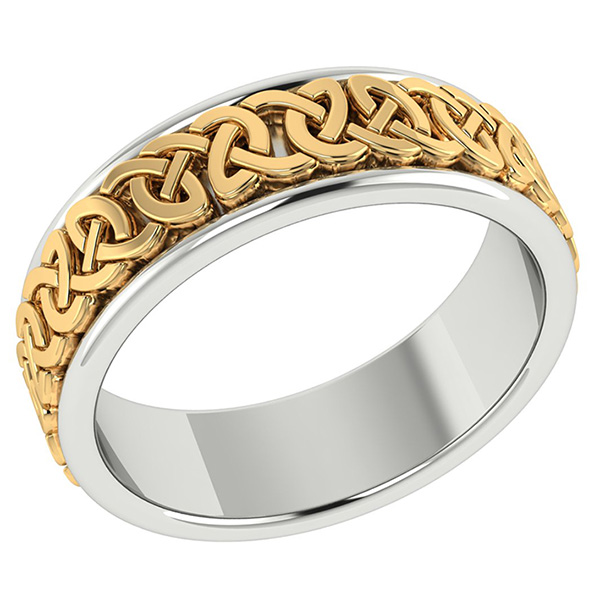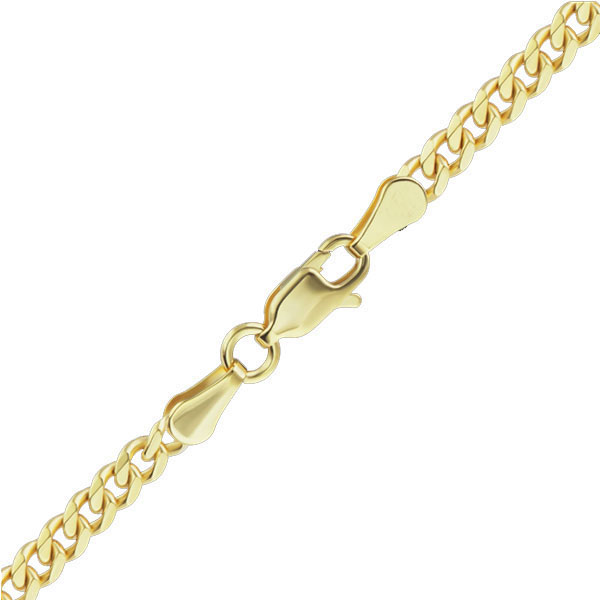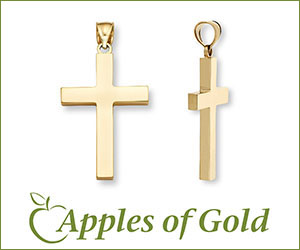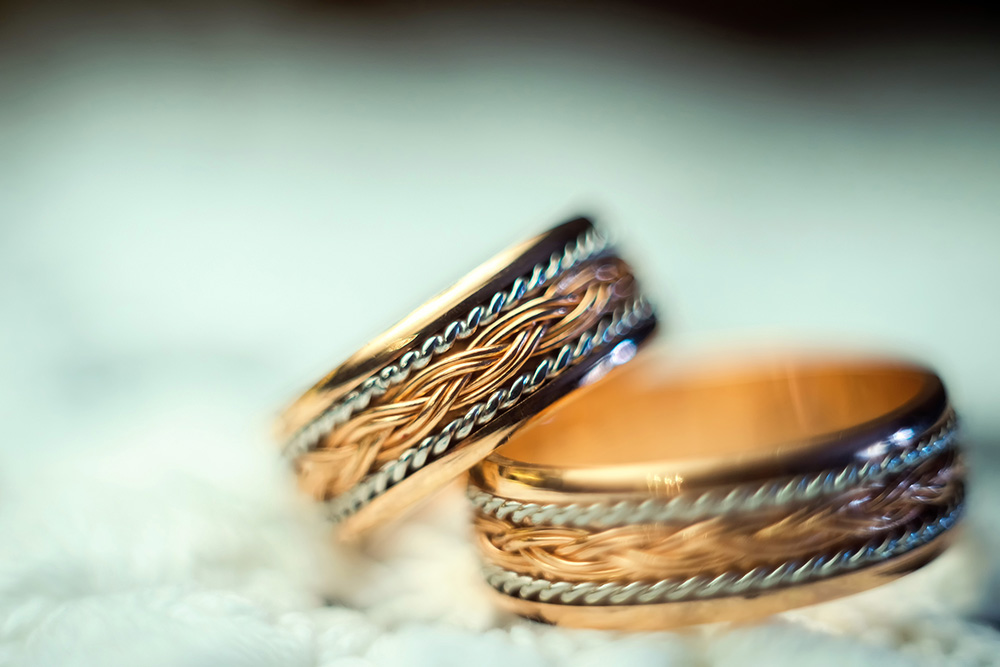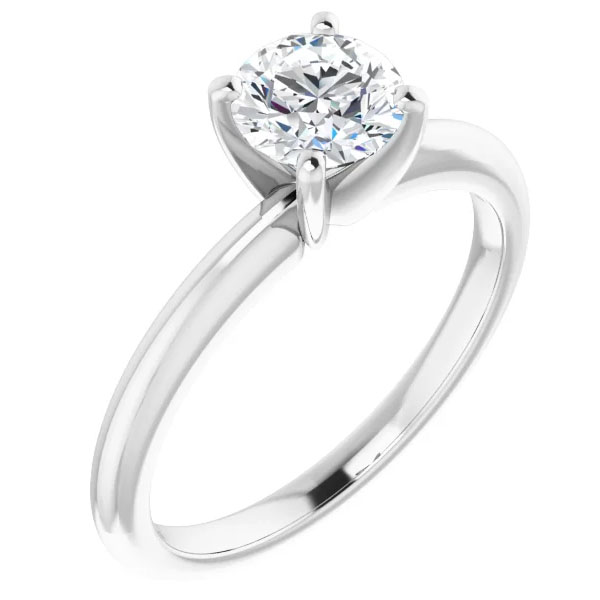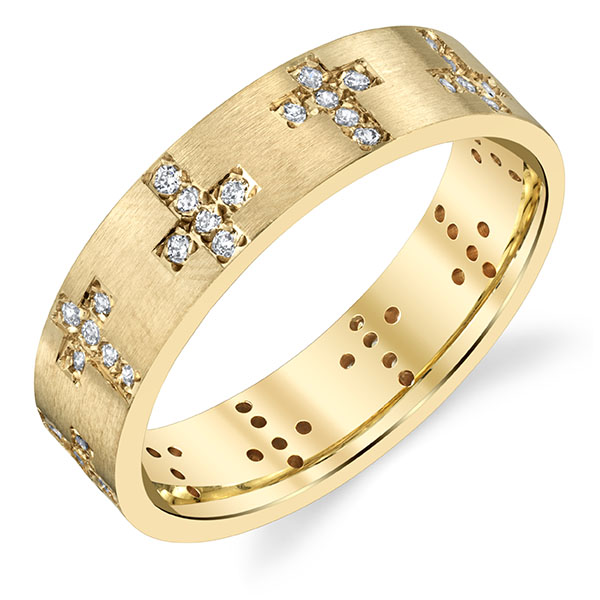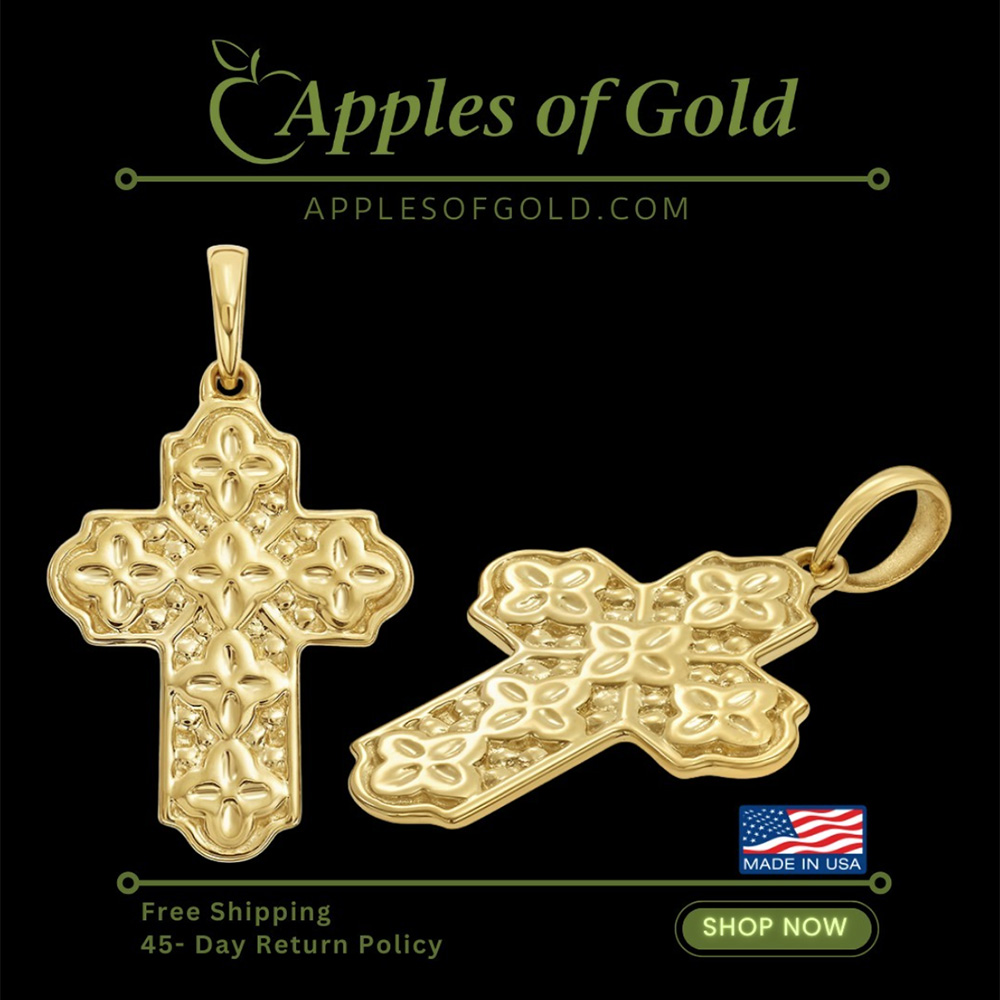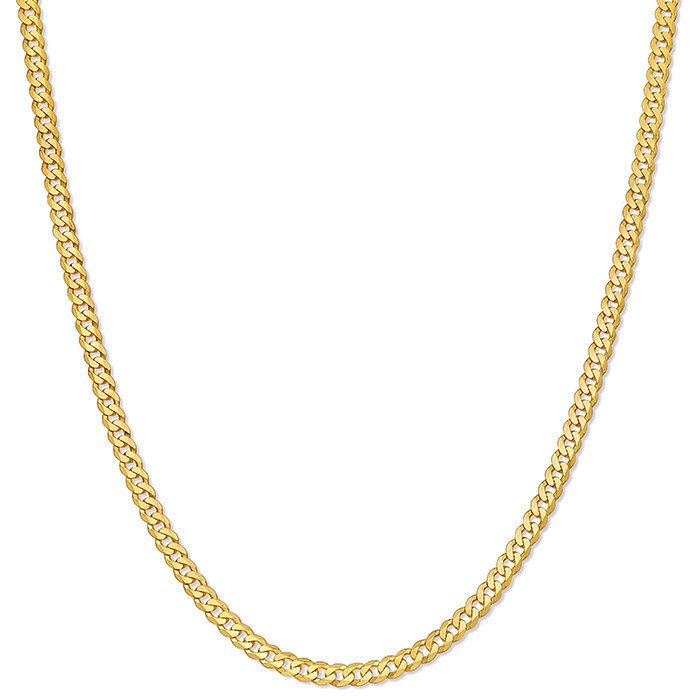White Gold or Yellow Gold?
White Gold and yellow gold are two of the most popular metals for jewelry. However, the difference between yellow gold and white gold is beyond just the color preference. At different points in history, picking between white gold and yellow gold had never been a challenge. However, in today’s clutter of style trends, the demand for both metals is high.
Gold is not just a single variation of yellow gold anymore. Many other options are available, such as black gold, rose gold, and white gold. Both white gold and yellow gold metals have their pros and cons, and this article we will explore each of them and help you decide which one is more popular or better suited for you.
White Gold
You might find yourself wondering if natural gold is yellow, is white gold not natural? That’s not true. White gold is natural, and it is a blend of precious gold metal and other alloys covered in rhodium plating. A mixture of metals like silver, copper, nickel, manganese, palladium, and zinc are blended with pure gold to create white gold. The rhodium plating further adds the final white sheen finish on white gold. Without rhodium, the jewelry would still exhibit a subtle yellow hue (which some prefer).
Yellow Gold
Yellow gold is one of the most precious and traditional options of jewelry. It is a precious naturally occurring metal. It’s soft and malleable, meaning it bends its shape easily when in its purest form. Therefore, the gold used in jewelry needs to be blended with hard alloy metals such as silver, palladium, nickel, or zinc to keep its desired shape and make it more durable. 24k gold is the purest form of gold containing 100% pure gold. The highest form of jewelry that most jewelers offer is 22k gold, because anything less would be too soft to shape into finished jewelry.
Additionally, 10K gold is 41.6%, 14K is 58.8% pure, 18K is 75% pure gold and 22K is 91.6% pure gold. The remaining is a blend of precious alloy metals utilized to harden or strengthen the gold. The most common types that you’ll find in the fine jewelry marketplaces are 10K, 14K, and 18K gold, although companies like Apples of Gold Jewelry offer 22K Solid Gold Crosses, and other speciality items. Yellow gold is a popular choice of jewelry for people who desire its strength and rich appearance.
Care & Maintenance
When deciding between yellow or white gold, one factor can also be maintenance and lifestyle. Since white gold is rhodium plated, it requires re-rhodium plating in the future if you desire to keep the same bright, white sheen as its original finish. Some people don’t mind when the rhodium wears off and actually prefer the slight undertone of yellow that comes through the hues of your jewelry over time. Others prefer to re-rhodium plate their ring every several years. The time in between re-plating your white gold jewelry will depend on numerous factors, including the thickness of the original rhodium layer, how active you are with your jewelry, whether it is coming into contact with other materials, whether it is cleaned or polished, etc. With yellow gold, you never need to worry about any kind of maintenance other than general cleaning and polishing when needed.
One final care and maintenance consideration is that if you are planning to swim with your jewelry, especially in chlorinated water, we recommend yellow gold or platinum over white gold. Chlorine tends to react to the alloys in white gold and your jewelry may turn colors or have a chemical reaction. But with yellow gold, you can swim with it all day long because the alloy used in yellow gold is usually copper, which is fine under such conditions.
Which is More Hypoallergenic?
We’ve never known someone to be allergic or react to yellow gold (or platinum for that matter), although I have heard of rare cases. With yellow, allergic reactions are almost unheard of. That is not the case with metals like white gold or sterling silver, mainly because they both often contain nickel. It is not white gold or silver most people are allergic to, but the nickel mixed in the precious metals for hardening.
This, overall, effects only a small fraction of the population and if you have had no problems with white gold in the past, there is no reason to think that you will now.
Which One Is More Popular?
It’s true that some people simply like the look of yellow gold because of the warm glow that it provides. Whereas others usually prefer white gold because it tends to stand out and is a more valuable alternative to silver. At the end of the day, choosing between white gold or yellow gold becomes a question of personal preference, style and how it will match up with your other jewelry pieces, unless you like to mix and match for different occasions.
Still unsure? There’s always two-tone gold! Now that’s a thought.
Related Posts
Gold Jewelry, Jewelry Education, Jewelry Guide, Jewelry Trends, White Gold Jewelry



